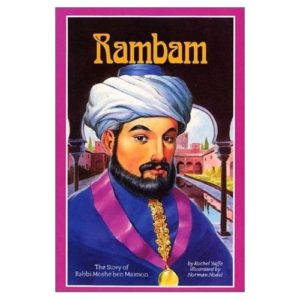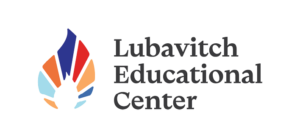Project Based Learning
A teaching method in which students gain knowledge and skills by working for an extended period of time to investigate and respond to an authentic, engaging and complex question, problem, or challenge
A teaching method in which students gain knowledge and skills by working for an extended period of time to investigate and respond to an authentic, engaging and complex question, problem, or challenge
With Second Grade

Based on the story of the life of the Rambam
By Rochel Yaffe
Project: Students were asked to create their own encyclopedia about the rainforest and its inhabitants.
Students researched how to create an information based book using text features. Using this information they created their own encyclopedia book based on what they learnt about the Rainforest.
Phase I Excite: Entry event and driving question
Phase I is designed to get the students excited about the project, inquire about the project,, and collaborate with partners. During the lesson, teachers will start off with guided inquiry. With guided inquiry:
To excite the students, the teacher introduced the project by reading a letter from an editor who is looking for second graders to write an encyclopedia about the rainforest for him.
In groups, the second graders looked through published books to find which text features are used in an information book. They compiled a list.
The students took papers with the text features (out of order) and sorted it so it would be ready to write on.
As a class they determined that they still need to research information about a rainforest before they began to write.
Phase II Research: Build knowledge and skills to answer the driving question
The build knowledge and skill phase is a mix of independent student work time, teacher guided activity, and direct instruction – all wrapped up in the context of the project. It is in this phase that all reading material and videos will be presented.
To research the rainforest encyclopedia, the second grade students learnt about the habitat in a rainforest, what type of animals live there, how they look, what they eat and how they survive. They listened and followed along as the teacher read all about the rainforest, saw visuals, and asked and answered questions to fully understand.
Phase III Build: Develop and revise products that answer the driving question
The develop and revise phase is the time students construct the materials they need, write an outline, and create the project.
To build their encyclopedia, the students chose two animals they had learnt about. They wrote two paragraphs about each animal as an outline.
They started creating the book by writing a title, illustrating a cover and drawing a picture and writing a caption for each animal. They put page numbers, wrote out the paragraphs, created a table of contents, an about the author page etc.
Phase IV Present:
The students presented their work by reading their finished project to boys from their class or another class.
